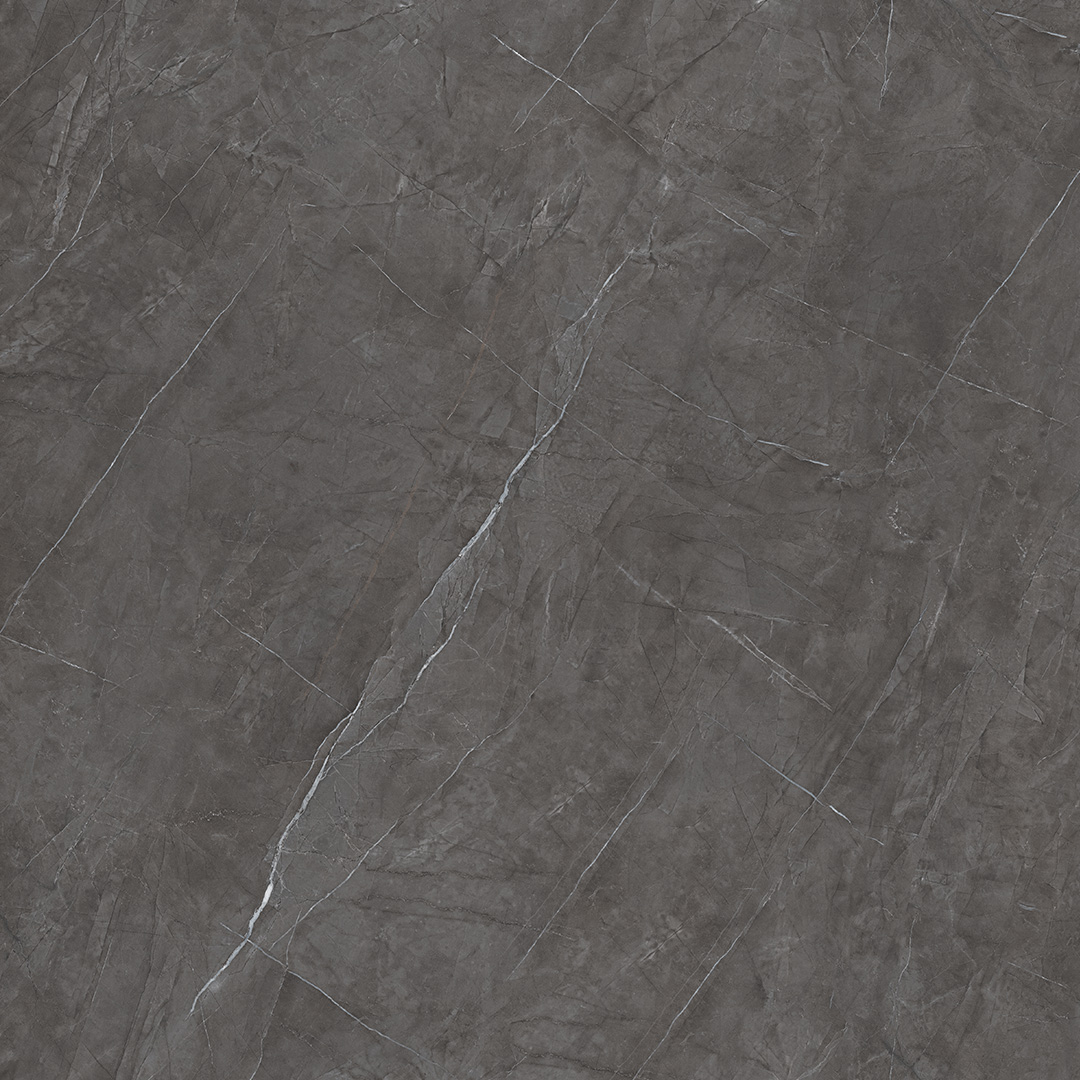- Home
- Understanding Duplex Board Products and Their Applications in Various Industries
Jul . 27, 2024 04:04 Back to list
Understanding Duplex Board Products and Their Applications in Various Industries
What is Duplex Board? Understanding Its Products and Applications
Duplex board is a popular type of paper product that is widely used in the packaging and printing industries. Known for its robustness and versatility, duplex board is made from a combination of recycled paper fibers and virgin pulp. This unique composition gives it a strong structure while maintaining a lightweight property, making it an ideal choice for various applications. In this article, we will explore the characteristics of duplex board, its products, and the industries where it is commonly utilized.
Characteristics of Duplex Board
Duplex board is characterized by its smooth finish and superior printability. One side of the board is usually coated with a white finish, which enhances its ability to display vibrant colors and high-resolution images. The other side may have a natural brown or grey color, depending on the materials used in its production. This two-sided property allows duplex board to cater to different aesthetic needs, with one side being visually appealing while the other remains functional.
The thickness of duplex board can vary, typically ranging from 200 to 500 grams per square meter (gsm). Its strength and rigidity make it suitable for a wide variety of products, from lightweight packaging to sturdy display materials. Additionally, duplex board is environmentally friendly, as it can be recycled, making it a cost-effective and sustainable choice for manufacturers and consumers alike.
Common Products Made from Duplex Board
1. Packaging One of the most significant applications of duplex board is in the packaging industry. It is widely used to create boxes, cartons, and other forms of packaging. Due to its strength, duplex board can effectively protect products during transportation and storage. It is particularly common in food packaging, where safety and hygiene are paramount.
2. Printed Products Duplex board is also popular in printing applications. Its smooth surface makes it an excellent substrate for printing high-quality graphics, promotional materials, and point-of-purchase displays. Many companies utilize duplex board for producing brochures, flyers, and posters that require vibrant colors and sharp images.
3. Stationery In addition to packaging and printing, duplex board is used to manufacture various stationery items, such as greeting cards, notepads, and folders. Its durability and aesthetic appeal make it a favored choice for these products, often enhancing the overall presentation.
what is duplex board products

4. Art and Crafts Artists and crafters also utilize duplex board due to its versatility. It can be easily cut, folded, and manipulated, allowing for creative projects such as scrapbooking, model-making, and other DIY crafts.
Industries Using Duplex Board
Duplex board finds applications across various industries, including
- Food and Beverage Its strength and ability to protect contents make it essential for food packaging, from fast-food containers to luxury gift boxes for gourmet products.
- Cosmetics and Personal Care Brands in this sector often favor duplex board for packaging high-end products due to its ability to convey quality and elegance.
- E-commerce With the rise in online shopping, duplex board has become a popular choice for shipping boxes, providing adequate protection for products during transit.
- Printing and Design Businesses that require high-quality printed materials turn to duplex board for its excellent printability and vibrant color retention, making it ideal for marketing and promotional materials.
Conclusion
Duplex board is a versatile and essential material widely used in packaging, printing, stationery, arts, and crafts. Its unique characteristics offer many benefits, including strength, sustainability, and aesthetic appeal. As industries continue to seek eco-friendly options, the demand for duplex board products is likely to grow, further establishing its role in a wide range of applications. Understanding duplex board and its uses can help businesses make informed decisions about their packaging and printing needs.
Latest news
-
High-Quality Bathroom Cabinet Contact Paper – Durable & Stylish Leading Suppliers, Exporters, Manufacturers
NewsJul.08,2025
-
Premium Wood Contact Paper for Desk – Reliable Suppliers & Exporters
NewsJul.08,2025
-
Premium Contact Paper for Table Top – Durable & Stylish Surface Solution from Leading Manufacturer
NewsJul.07,2025
-
Duplex Board with Grey Back - Reliable Supplier & Competitive Price Manufacturer & Exporter
NewsJul.07,2025
-
Premium White Contact Paper on Cabinets – Trusted Exporters & Suppliers
NewsJul.06,2025
-
High-Quality Duplex Board Packaging for Food Reliable Manufacturer & Supplier
NewsJul.06,2025

